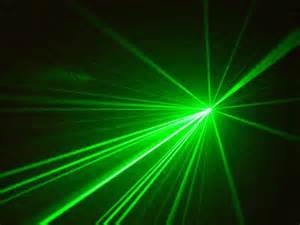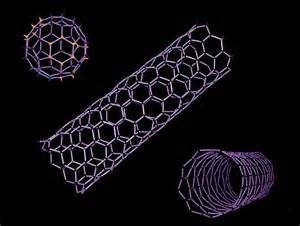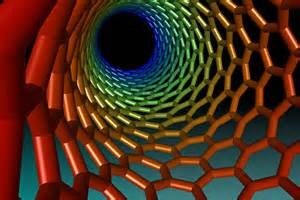
“Nano” is the one billionth part of a unit quantity up till now. Discoveries of the Bucky balls and carbon structures, and images of the carbon micro tubules, which termed as the carbon nano tubes, were the major steps in the field of nanotechnology. The study of the shapes and controlled nano structures, their properties and their applications are current research topics of today’s scientists.

Nanotechnology is in the early stage of development and mostly compared with the literature of information technology and biotechnology of 1960’s and 1980’s respectively. Nanotechnology deals with the development and application of structures, materials, devices and systems with their new properties and there functions which comes from their size in the range near 1 to 100 nanometers . The characteristics of matter can be changed at nano scale, especially in the range of 10-20 due to the properties like confinement effects, dominance of quantum effects, molecular recognition and an increase in the relative surface area of material. The mechanical, optical, magnetic, chemical and electronic properties can be change of downsize martial structure of same chemical elements, this gives the unpredictable and surprising effects. In simple the Nano devices exist in a unique state, where the properties of matter are discussed by classical physics and quantum mechanics laws. Manufacturing capabilities such as self-assembly, tin plating, stamping, ultra-precision engineering and fragmentation are broad and can lead to numerous efficient outcomes at nanometer scale.

Nano science is the outcome of studying assemblies of atoms and molecules by the cooperation among physics, chemistry, biology, biotechnology, material sciences and engineering.

Nanotechnology have many applications nearly in all sectors of life such as communication, health, labor, mobility, housing, relaxation, energy and food. Moreover it will be accompanied by changes in the social, economic, ethical and Ecological spheres as well.



